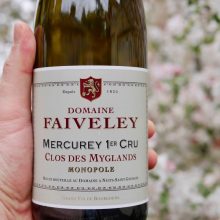
Product information
Domaine Faiveley Mercurey 1er Cru Clos de Myglands Monopole 2016
$66
Description
I’ve had this twice now. An excellent, vibrant Pinot. Red, strawberry and raspberry fruits are wrapped with some lovely tannins that have the right edge of grip, often present in Mercurey. Balanced with fine acid. It’s youthful and tightly coiled at the moment.
Out of stock
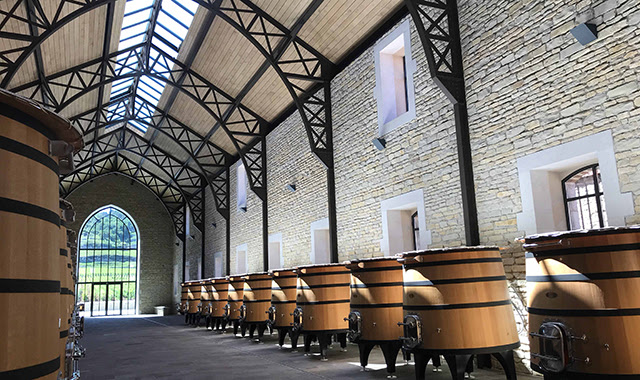








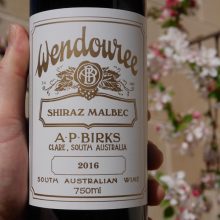
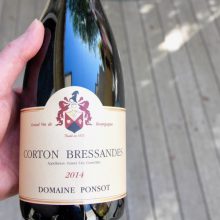
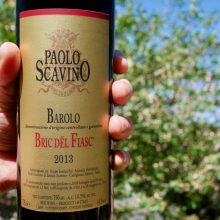
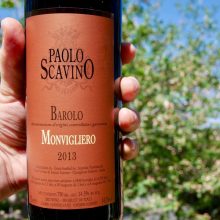
You must be logged in to post a comment.